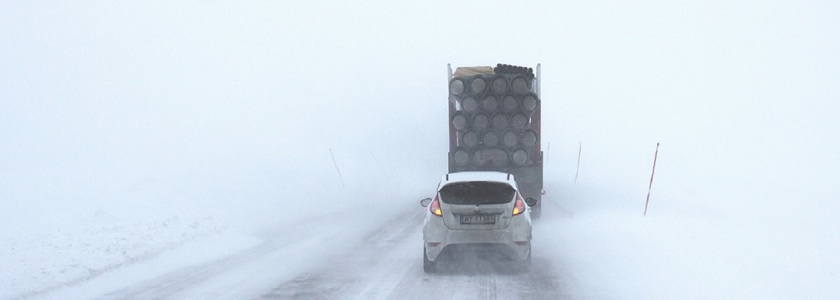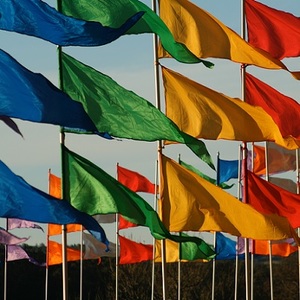

At this time last week, much of the country was recovering from the harsh impacts of an explosive low pressure system that blew up over the Colorado and Kansas region. The system dropped over 18 inches of snow in portions of southwest South Dakota. With winds gusting from 60 to 70 mph, a nearly constant white out ensued. On the same day, a line of severe storms impacted much of the Ohio River Valley region with widespread straight-line winds and several tornado touchdowns. Heavy rains also occurred over areas that still had heavy snowpack and frozen ground. This lead to historic flooding over areas of NE, IA, WI and KS. All of this destruction was due to a cyclone that was labeled a "bomb cyclone." Let's dig into what the moniker "bomb cyclone" is all about.
The term "bomb cyclone" is one that has been used for decades by meteorologists, but, only recently has it started to be used by national news media. Essentially, a bomb cyclone is a low pressure system which undergoes rapid intensification. The process by which a cyclone is born is called cyclogenesis. During cyclogenesis, air aloft is being evacuated in a specific region, resulting in less atmospheric weight at the surface below. This effect can be seen by watching pressure readings lowering at the surface. A typical cyclone may see pressure falls of around 5-15 millibars in a 24 hour period. Decades ago, when scientists were studying cyclones that developed at a feverish pace, they began adopting the term “bombogenesis” for these types of storms.
The strength of a cyclone is measured by its central pressure reading in millibars. A millibar is a unit of pressure that measures the weight of the atmosphere above a given point at the surface. When a cyclone is intensifying, there is a noticeable drop in millibars at the surface, at the center of the system. For a cyclone to accomplish bombogenesis, the cyclone must experience a decrease of 24 or more millibars in a 24 hour period. When this occurs, the cyclone can than be coined a "bomb cyclone." In the Northern Hemisphere, most years will see the development of around 40 bomb cyclones. High winds, heavy snows, and heavy rain or thunderstorm activity will be found in the vicinity of these systems. The most common area to see these types of cyclones is from the East Coast up to southern Greenland. Explosive cyclones are common in this area due to the warm Gulf Stream waters in the Atlantic colliding with frigid arctic air masses that come off of Canada.
